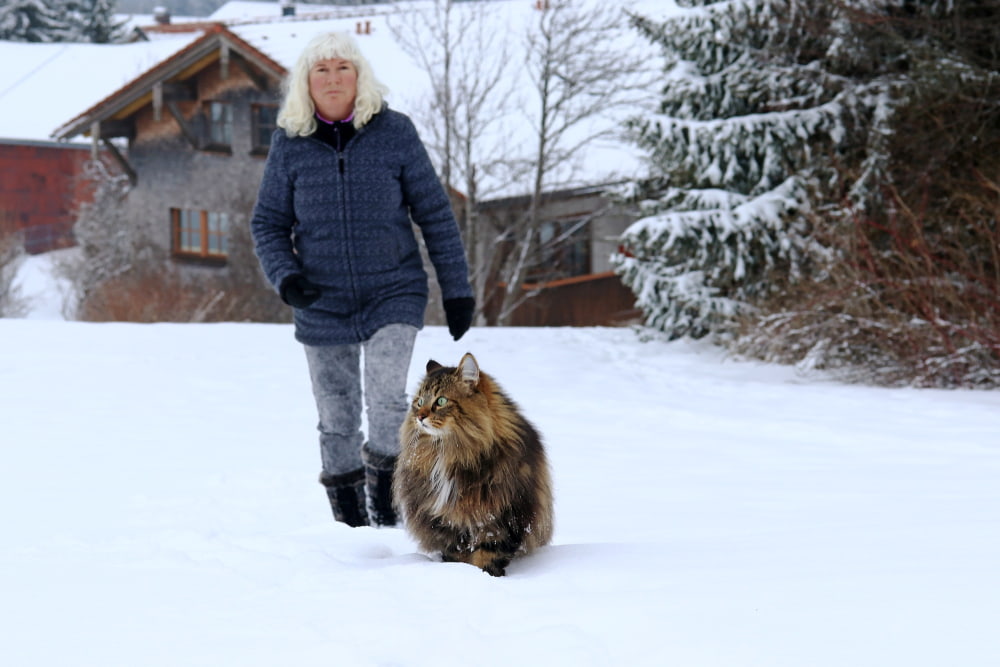When we think of Halloween there are a myriad of images that come to mind. Witches coursing across a full moon on a broomstick; vampires looking for a throaty feast and pumpkins carved with norwegian forest cats for sale that either scare or bring a smile to your face. There’re Werewolves, ghouls and goblins that lurk in shadows just beyond the light. All topped off with the ancient practice of dressing in costume and painting our faces. So, how did the aristocratic cat become involved in such pagan ritual? I’m sure if you asked her, she would deny any responsibility for a willing association.
Cats have been associated with myth since they first came in from the cold to live with people around 5000 years ago. The mystery of their exquisite senses, such as their eyes, exceptional hunting instincts, independence and seeming aloofness have all contributed to the various myths that have originated in different cultures throughout history. Early Egyptians regaled then as gods and the Medieval Church burned them alive, believing they were the embodiment of Satan. They were thought of as ‘familiars’ of witches, that is, close companions who looked out and guarded a witch. Both a symbol of good luck and bad, depending which culture you might be visiting, cat behavior evokes the extremes of human nature.
Halloween is a celebration of born in pagan mythology. It was believed that, the ‘souls of the dead’ would rise from their graves to visit the living during the Celtic festival ‘Samhain’.
Halloween’s ghosts, goblins, cemetery effluvium, witches, black cats, bats, haunted houses, frightful skeletons, devils and scary stories originated from the Samhain festival (pronounced SOW-ehn) meaning “summer’s end”. It was celebrated by the Celtic people from Ireland to make themselves ready for the coming winter. During the festival of Samhain, the ‘souls of the dead’ visited the homes of the Celts and on the Eve of Samhain tricks were played on humans in the vanishing sunlight that forebode winters shorter days. Supposedly, there were ghosts, goblins, black cats and witches flying about because the barriers between the natural and supernatural were broken during Samhain. The dead kept the secrets of the future and people would consult with them, asking for guidance.
The Festival of Samhain influenced the Christian celebration called “All Saint’s Day”, also called “All Hallow’s”. All Hallow’s was celebrated on November 1st and established in 700-800 AD by the Catholic Church. The night before “All Hallow’s” (October 31st) was called “All Hallow’s Eve”. The name was eventually shortened to All Hallow’en and then just Halloween.
Early American settlers from England brought rituals, superstitions and beliefs in ghosts and witches with them to the U.S. In the 1800’s, immigrants from U.K. came to the U.S. and brought their Halloween traditions with them. Germans brought their witchcraft stories and Haitian and Africans brought the voodoo beliefs about black cats, fire and witchcraft. The holiday was gradually made into a non-religious holiday in the U.S. by the late 19th century.
Today Halloween has evolved from the souls of the dead visiting homes to “Trick-or-Treaters” dressing in costumes as ghosts, witches, black cats and demons and pleading for candy… or an evil prank may be played on the non-sharing victim.
